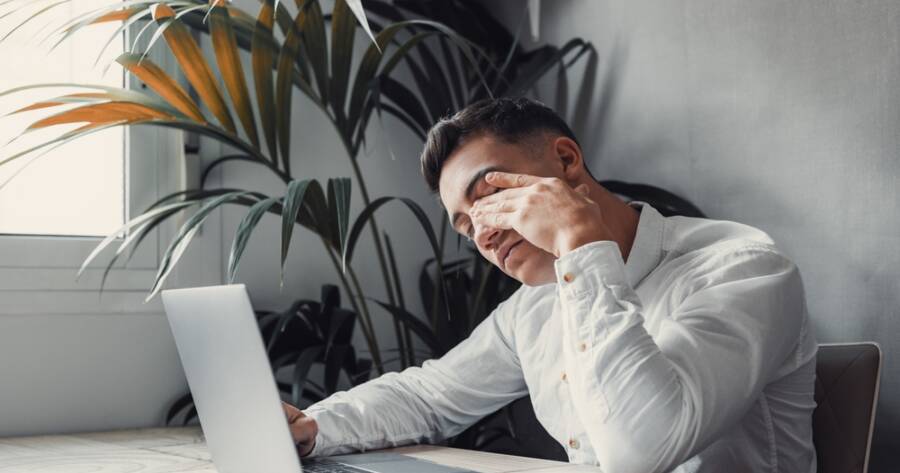Screens are now a constant companion, from morning emails to evening streaming. Yet all that screen time can leave eyes tired, sore, and unfocused. As digital devices become more embedded in daily routines, it’s easy to overlook the impact on vision and overall well-being. With a few mindful habits, it’s possible to enjoy technology while protecting eye health, helping your vision stay sharp and comfortable in a digital-first world.
Understanding Digital Eye Strain
Digital eye strain, sometimes called computer vision syndrome, is a collection of symptoms that arise from prolonged use of screens. Common signs include dry or watery eyes, headaches, blurry vision, and neck or shoulder discomfort. While anyone can experience these issues, they’re especially common for those who spend several hours each day working on computers or scrolling through phones.
Constantly shifting focus, reading small text, and exposure to blue light all contribute to the problem. Unlike reading from paper, screens require eyes to work harder and blink less frequently. Recognizing the signs early is key to preventing chronic discomfort and longer-term vision issues.
The 20-20-20 Rule: An Easy Reset
One of the simplest habits for preventing eye fatigue is the 20-20-20 rule. Every twenty minutes, pause to look at something at least twenty feet away for twenty seconds. This quick break gives eye muscles a chance to relax and refocus, reducing the buildup of tension and strain.
Setting a timer or using phone reminders makes this habit easy to remember, especially during long work sessions. Over time, regular practice can help reduce headaches, improve focus, and keep eyes feeling fresh—even on the busiest screen-filled days.
Optimising Screen Settings for Comfort
Adjusting device settings can make a big difference in reducing strain. Increasing text size, tweaking contrast, and choosing a warmer display tone can all ease the burden on your eyes. Most devices now offer “night mode” or “blue light filter” features, which shift screen colour away from harsh blue tones, particularly useful in the evening.
Positioning screens at eye level and about an arm’s length away also matters. Proper placement reduces the need for awkward posture and unnecessary squinting, helping both eyes and neck feel more comfortable throughout the day.
Blink More, Blink Often: Combatting Dry Eyes
Extended screen use tends to reduce blink rate, leading to dryness and irritation. Making a conscious effort to blink fully and frequently helps replenish the tear film that protects and lubricates the eyes. If dryness persists, consider using preservative-free artificial tears for extra moisture.
Other simple tricks include adjusting airflow from fans or vents away from your face and taking micro-breaks to close your eyes for a few seconds. Staying hydrated by drinking plenty of water also supports natural tear production, further protecting vision during long screen sessions.
Create Screen-Free Zones and Times
Carving out moments each day without screens benefits both eyes and mind. Designate tech-free spaces at home, such as the dining table or bedroom, to give your eyes regular rest. Setting boundaries for device use, especially before bed, also supports better sleep and reduces late-night eye strain.
Encourage family or housemates to join in by planning screen-free activities, from walks outside to board games. These breaks help reset eye focus, reduce cumulative exposure, and foster more meaningful, present connections with others.
Regular Eye Exams: Stay Ahead of Problems
Routine eye exams are vital for maintaining healthy vision and catching potential problems early. An eye care professional can provide personalised recommendations, ensure your prescription is current, and spot any signs of chronic digital strain. For those who wear glasses, special coatings are available to block blue light and further reduce discomfort.
Don’t wait for discomfort to become severe before seeking help. Regular check-ups, combined with mindful screen habits, create a strong foundation for lifelong eye health in an increasingly digital world.
A Clearer, More Comfortable Tomorrow
Caring for your eyes in a digital age is all about balance—embracing technology while giving your vision the support it deserves. By incorporating simple habits into daily life, you can reduce discomfort, boost focus, and preserve the clarity that makes every moment brighter. Small changes today pave the way for healthy, comfortable vision, no matter how many screens tomorrow brings.

